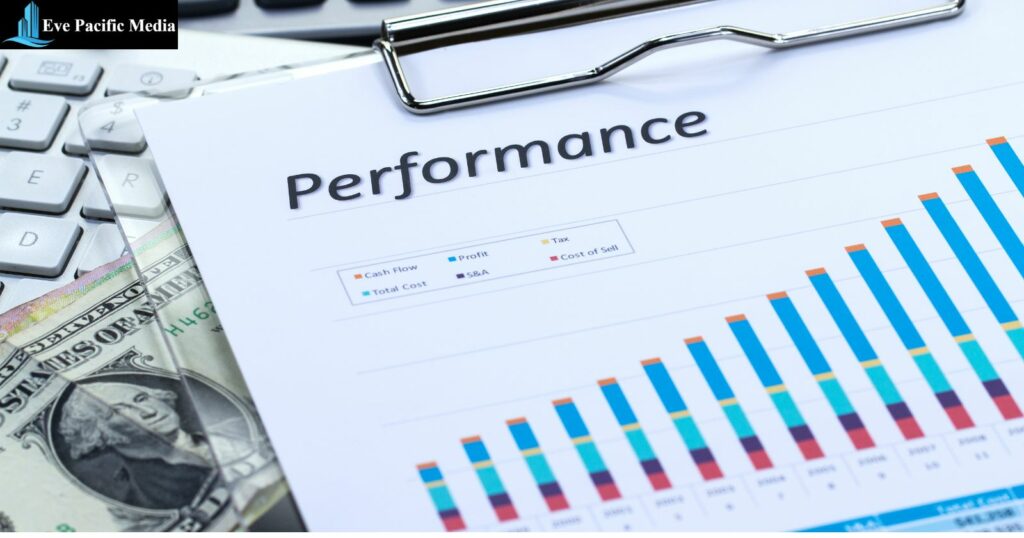Lead Generation vs Demand Generation: Key Differences Explained
In today’s competitive business landscape, marketing professionals must develop solid strategies to attract and retain customers. Two key marketing concepts that help businesses achieve this goal in lead generation vs demand generation. While they may seem similar, understanding their differences is crucial for designing effective marketing campaigns.
Lead generation is primarily focused on collecting the contact information of potential customers, who have expressed interest in your products or services. This is typically done through various tactics such as offering valuable content in exchange for a visitor’s email address or conducting online surveys that require personal information. On the other hand, a demand generation strategy revolves around creating awareness and sparking interest in your business among a wider audience. This can be achieved through targeted advertising, content marketing, and creating shareable media that drives traffic to your website.
By grasping the nuances between lead generation and demand generation, marketers can tailor their marketing efforts, to nurture brand-aware prospects through the purchasing journey. A successful marketing campaign begins with a clear understanding of these two essential concepts and their role in driving business growth.
Difference between Lead Generation and Demand Generation
Goals

Demand generation focuses on creating awareness and interest in your brand, product, or service. It’s a top-of-the-funnel activity that aims to educate and engage potential customers. Lead generation, on the other hand, is a bottom-of-the-funnel activity that seeks to capture contact information and convert potential customers into sales-ready leads.
Marketing Strategies

Demand generation strategies often involve:
- Creating engaging and educational content (blog posts, videos, webinars, etc.)
- Utilizing SEO and content marketing techniques to increase brand visibility
- Promoting thought leadership and trust through social media, events, and other resources
Lead generation strategies typically include:
- Providing gated content (e.g. ebooks, whitepapers) that require user contact information to access
- Hosting webinars and events that collect audience information
- Creating targeted marketing campaigns focused on converting leads into customers
Target Audience

In demand generation, the target audience is usually larger and less specific, as the goal is to create widespread awareness and interest in your brand or offering. This demand gen strategy may involve reaching out to prospects who are not yet aware of your product or service or engaging those showing initial interest.
Lead generation, on the other hand, targets a more specific audience – those who have already expressed interest in your brand, product, or service. The focus of lead generation is to build a relationship and nurture potential customers towards a purchase, so strategies are tailored towards engaging and converting these qualified leads to prospective customers.
By understanding the key differences between demand generation and lead generation, marketing teams can leverage both strategies to the sales team create a more effective sales funnel, ultimately driving engagement and revenue growth.
Similarities between Lead Generation and Demand Generation

Although lead and demand generation vs lead and demand generation are often used interchangeably, they have distinct roles in the B2B marketing landscape. Despite their differences, the two concepts share some similarities and often employ overlapping tactics.
Overlap in Tactics
Both lead and demand generation content and demand generation involve nurturing potential customers through the buyer’s journey. Top-of-the-funnel marketing strategies such as blogging, newsletters, and social media marketing play a vital role in both practices.
For example, it’s not uncommon for B2B marketers to leverage email marketing and landing pages in their campaigns, regardless of whether they focus on driving organic traffic, increasing revenue and growth, or encouraging customers to make a buying decision. HubSpot provides many useful resources for marketers in this space.
Other overlapping tactics include:
- Content marketing: Producing blog posts, case studies, ebooks, podcasts, and whitepapers that provide valuable information to your audience
- Social media: Engaging with influencers, increasing brand authority, and driving traffic from social media platforms
- Search engine optimization (SEO): Optimizing content for organic traffic and higher search rankings
- CTAs (Calls to Action): Placed strategically throughout the content to encourage users to take the next step in the sales pipeline
Important for B2B Marketing

Both lead and demand generation are crucial for B2B marketers who seek to increase their pipeline, drive B2B sales, and gain new audiences. Lead generation focuses on converting prospects into paying customers, while demand generation aims to create awareness of both demand for products and services.
In the B2B marketing world, marketers often use inbound marketing techniques, incorporating content syndication, paid advertising, and influencer marketing to attract and engage audiences. They might also create thought leadership content, enabling potential buyers to learn about industry trends and appreciate the benefits of their offerings.
A strong lead scoring system can help B2B marketers prioritize and segment leads, ultimately reducing customer acquisition costs and increasing profit. While lead generation is all about the bottom of the funnel, where a sales rep might step in, demand for lead generation content that seeks to expand the customer base and create a brand presence in the market.
Despite their differences, both lead and demand generation work together in the B2B marketing space to create demand, drive pipeline, increase revenue, and ensure businesses thrive in today’s competitive environment.
Implementing Successful Strategies
To create a successful marketing campaign, it’s essential to understand the differences and objectives of both lead generation efforts and demand generation. Implementing the right tactics for each can help your business maximize its resources and achieve its goals.
Demand Generation Tactics
Demand generation aims to create awareness and interest in your product or service. It focuses on top-of-the-funnel activities, where the target audience is just beginning to engage with your brand. Here are a few tactics to consider both demand generation:
- Content Marketing: Create engaging and informative content like blog posts, ebooks, and white papers to attract and educate your audience. This helps establish trust and positions your brand as an expert in the industry.
- SEO: Use search engine optimization techniques to increase your online visibility, making it easier for potential customers to find your content and learn about your offerings.
- Webinars and Events: Host webinars and participate in industry events to showcase your expertise and connect with your target audience. This helps build trust and loyalty among potential customers.
- Video Marketing: Use videos to demonstrate your product or service’s capabilities and benefits. Videos are easily shareable and engaging, helping you reach a wider audience.
Lead Generation Tactics
Lead generation focuses on bottom-of-the-funnel activities, with the goal of converting interested prospects into paying customers. A few effective lead-gen tactics include:
- Webforms: Create well-designed webforms to collect customer information. This data can be used to create targeted marketing campaigns and reach out to potential customers directly.
- Cold Calling: Despite its sometimes negative reputation, cold calling can be an effective way to establish rapport and generate leads. Train sales representatives to prioritize quality connections over sheer numbers.
- Email Marketing: Use personalized and targeted email campaigns to nurture leads and move them through the sales funnel. Make sure your emails provide value and communicate how your product or service can address the lead’s pain points.
- Targeted Advertising: Utilize platforms like Google AdWords and Facebook Ads to display your promotional messages to specific segments of your audience. This can increase your ad’s relevance and drive higher conversion rates.
By implementing these demand and lead generation tactics, your marketing and sales teams can work together to attract, nurture, and convert leads into paying customers. Remember to consistently evaluate and adjust your demand gen. strategies to improve their effectiveness and meet the ever-changing needs of your target audience.
Effectiveness and Performance Metrics

When comparing lead and demand generation vs top and demand generation, it is essential to look at the effectiveness and performance metrics of each strategy. This will help you assess which approach might be more suitable for your particular business objectives.
In terms of lead generation, some common performance metrics include:
- Number of leads generated
- Conversion rate from lead to customer
- Cost per lead
- ROI of lead generation campaigns
These metrics can help you measure the effectiveness of your lead generation tactics by tracking how many leads are generated, how efficiently they are converted to customers, and whether the process of generating demand is cost-effective.
On the other hand, demand generation focuses on brand awareness and product education at the top of the funnel. Performance metrics for demand, vs lead generation, can include:
- Website traffic and visitor engagement
- Social media reach and impressions
- Content marketing engagement (e.g., views, downloads, shares)
- Event attendance and webinar sign-ups
These metrics allow you to gauge the success of your demand gen and lead generation efforts in terms of generating interest, educating your target audience, and building credibility within your industry.
In addition to measuring these specific metrics, it’s essential to track the results and revenue growth each strategy brings to the organization. This can vary depending on factors such as industry, target audience, marketing channels, and the quality of leads generated.
In conclusion, both lead generation and demand generation campaigns have different objectives, and evaluating their effectiveness requires tracking and analyzing distinct performance metrics. By understanding these key indicators, you can better allocate resources and optimize your overall marketing strategy for maximum revenue growth.







